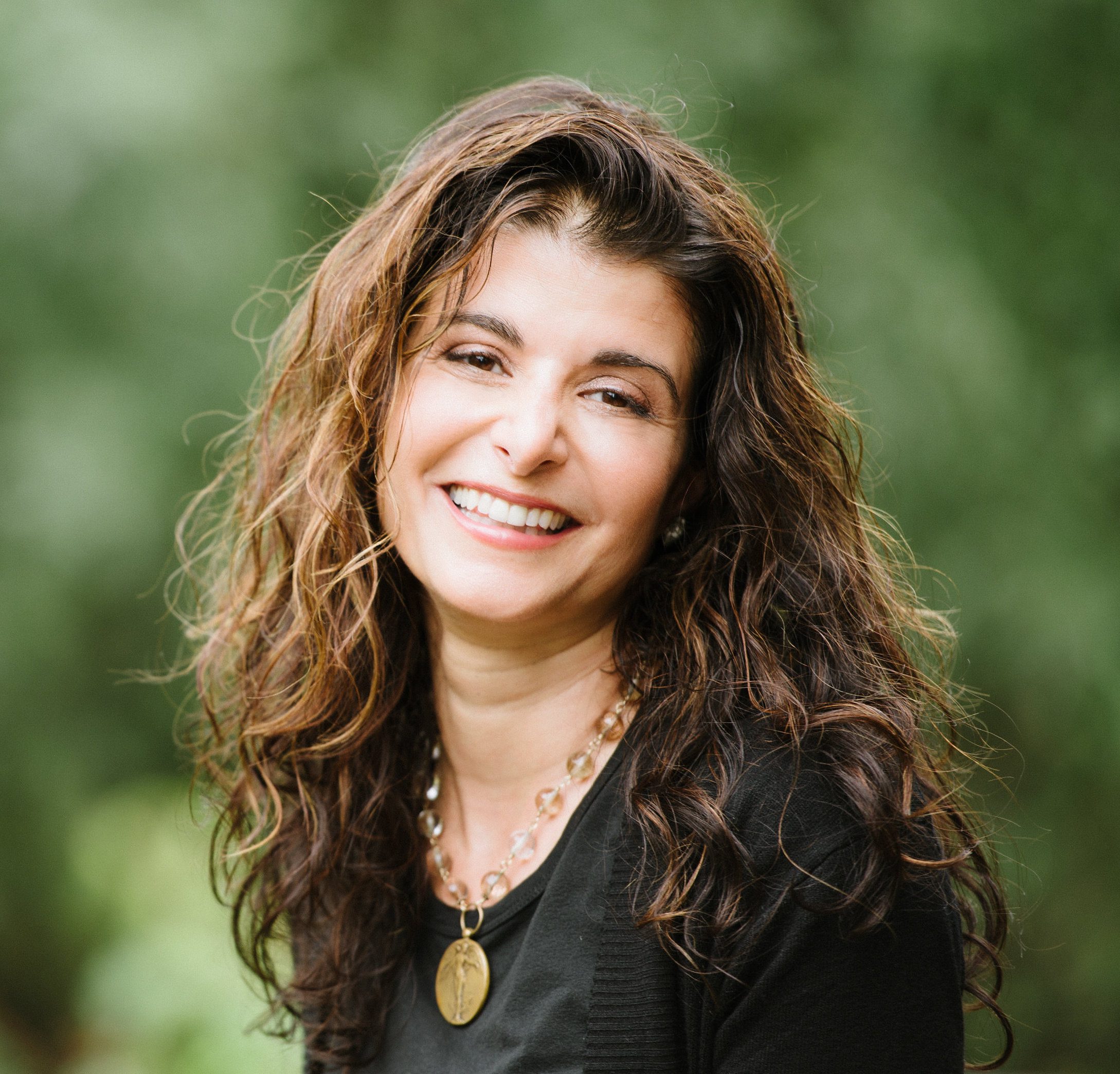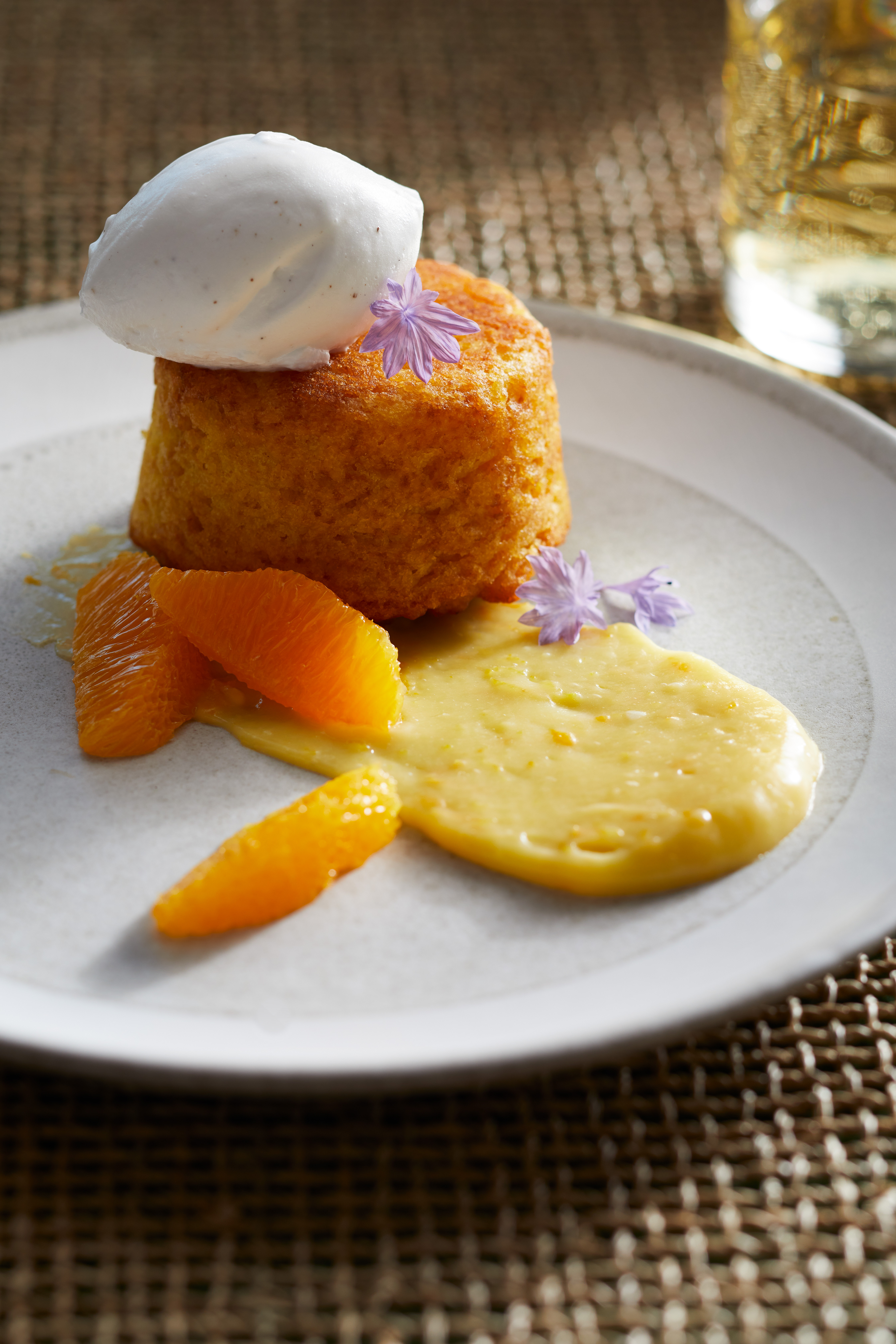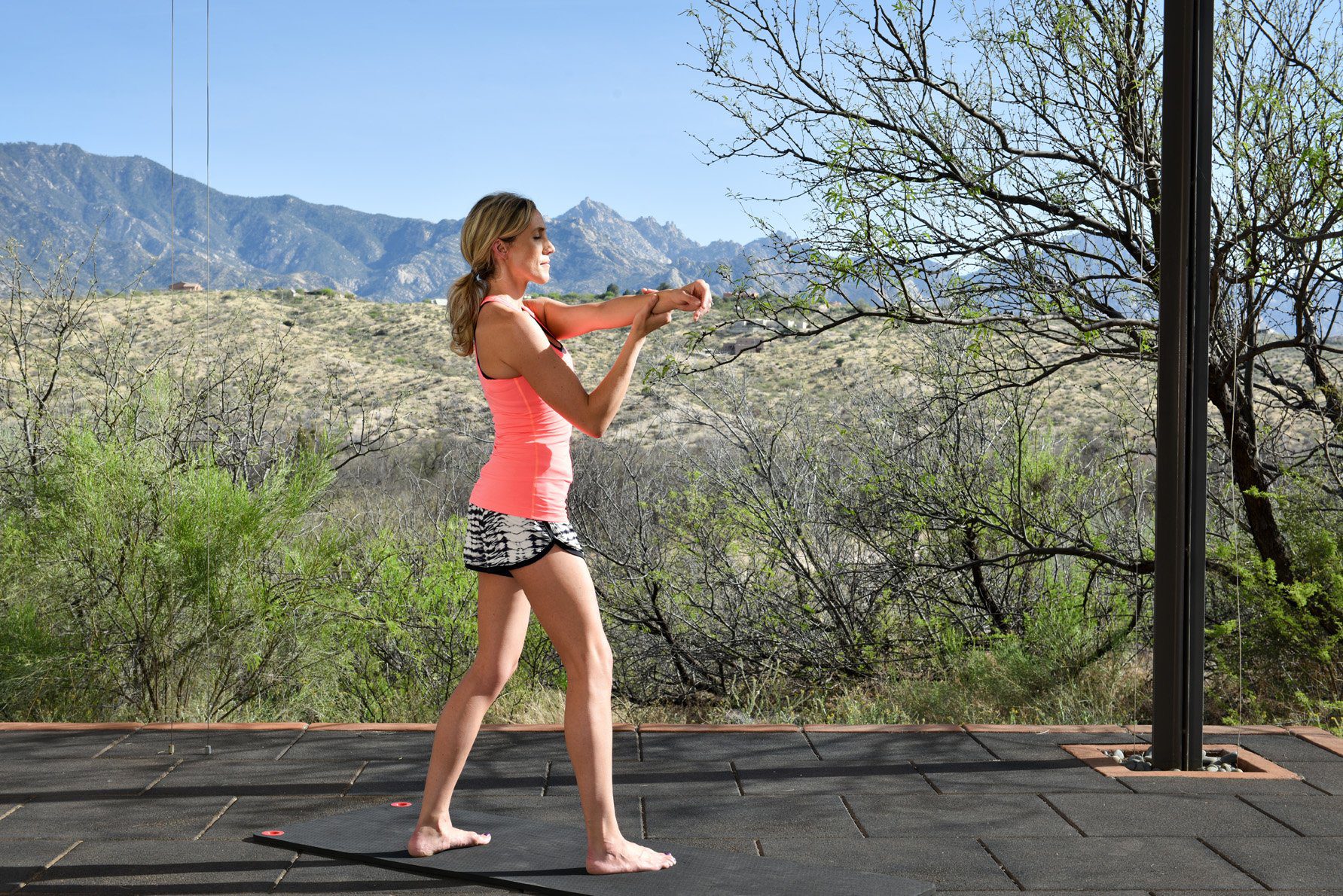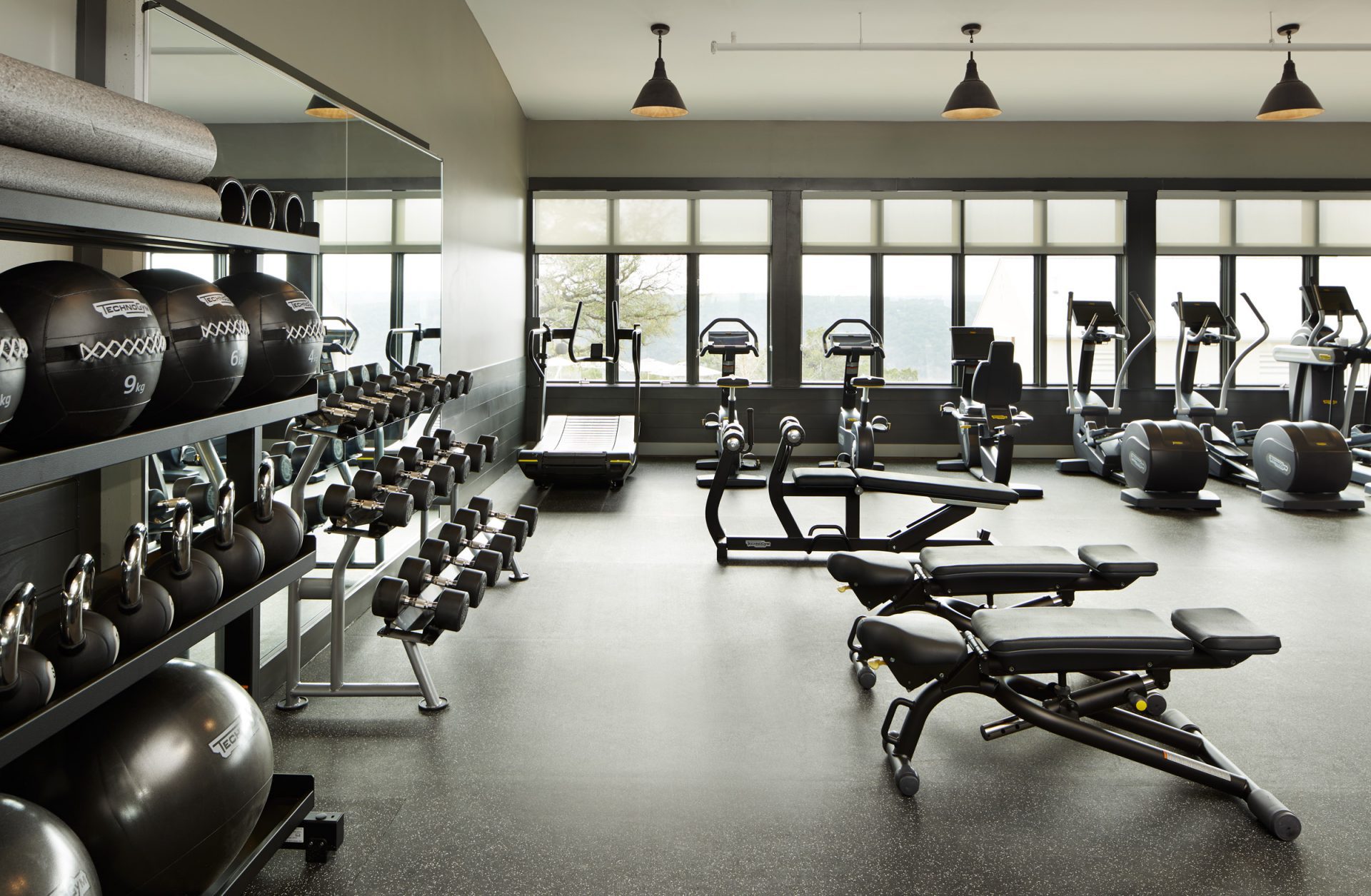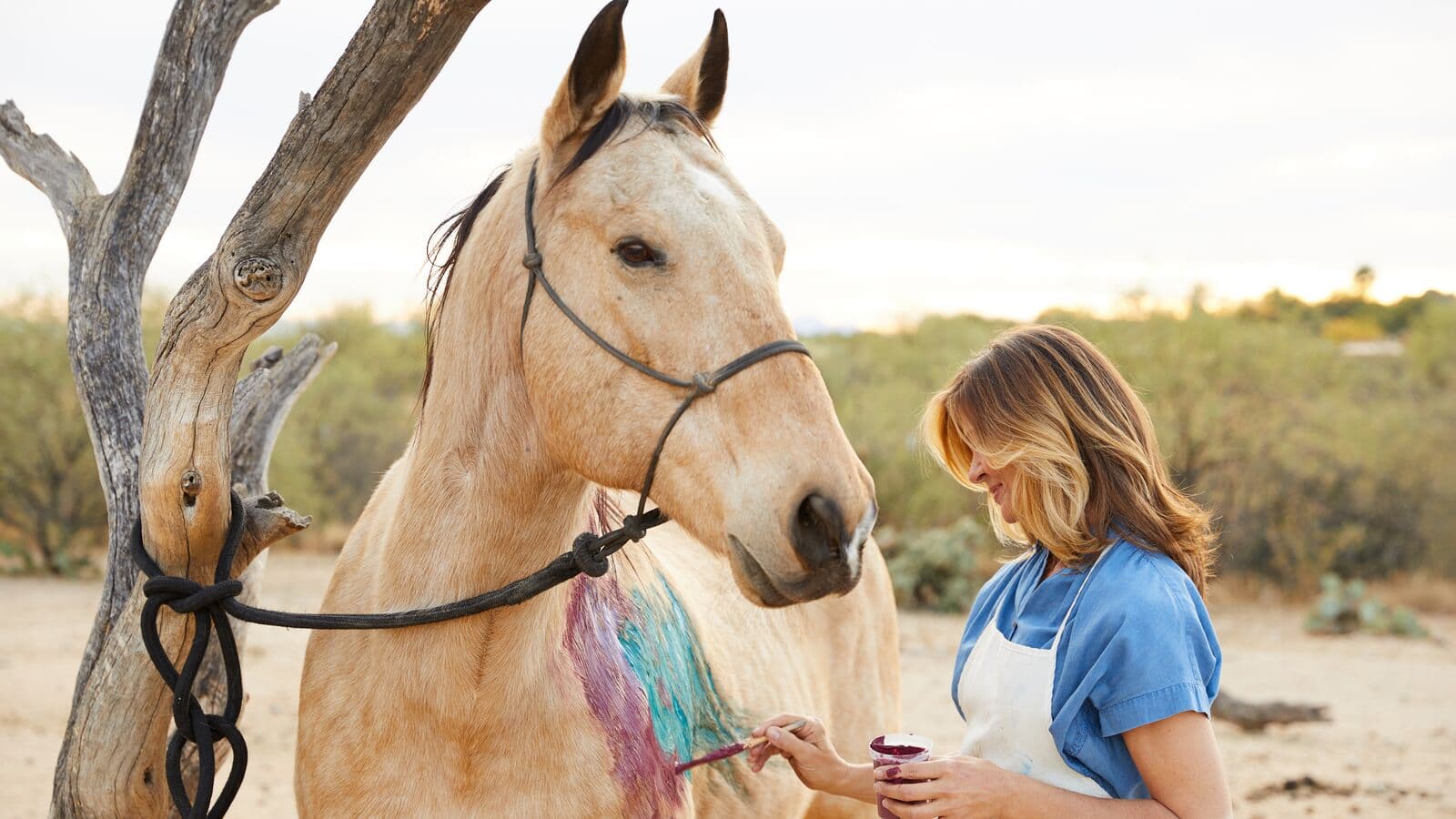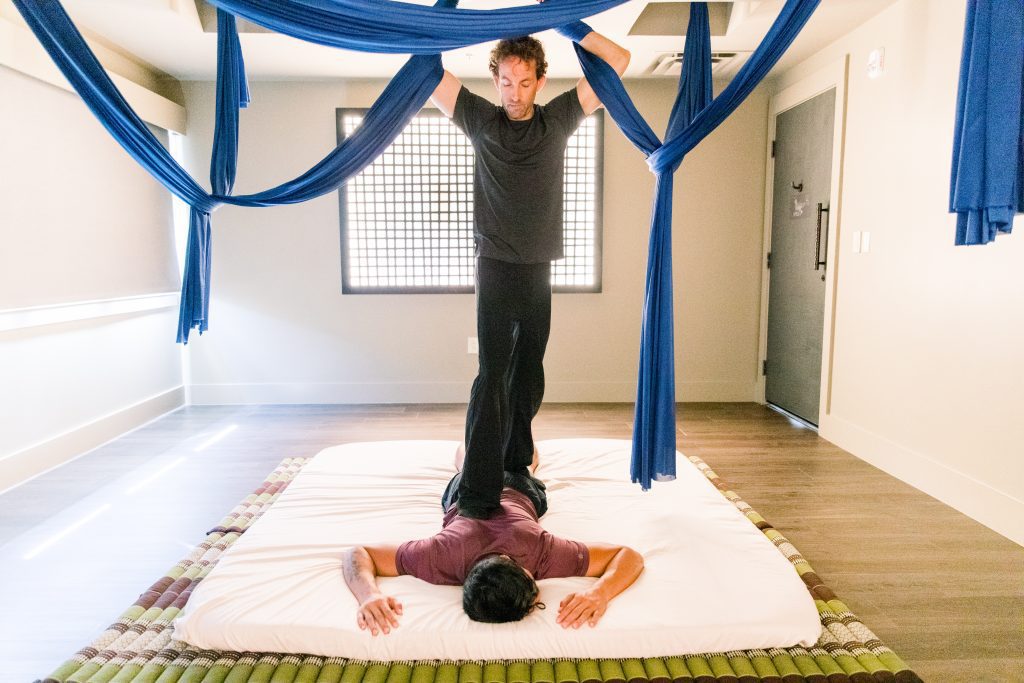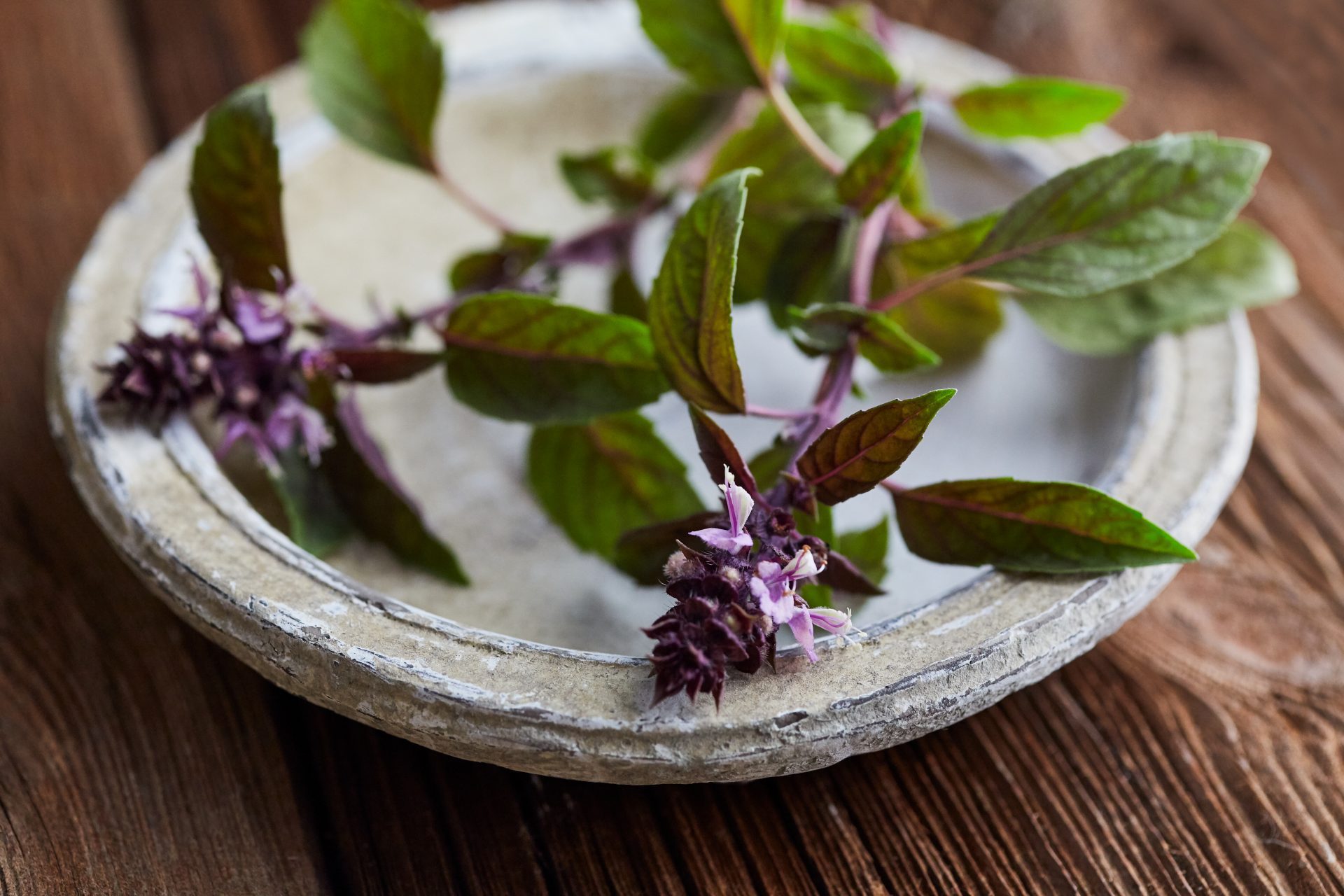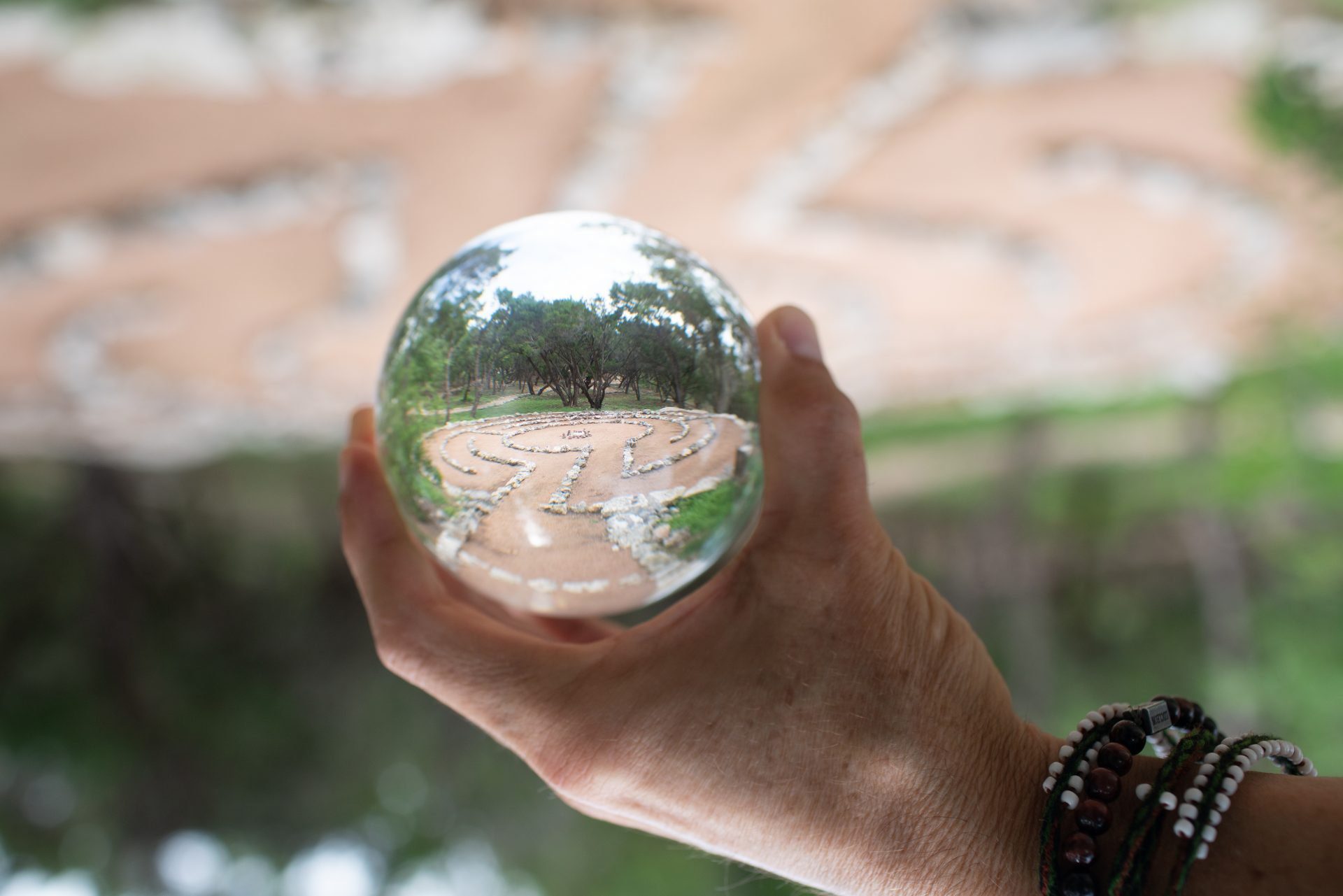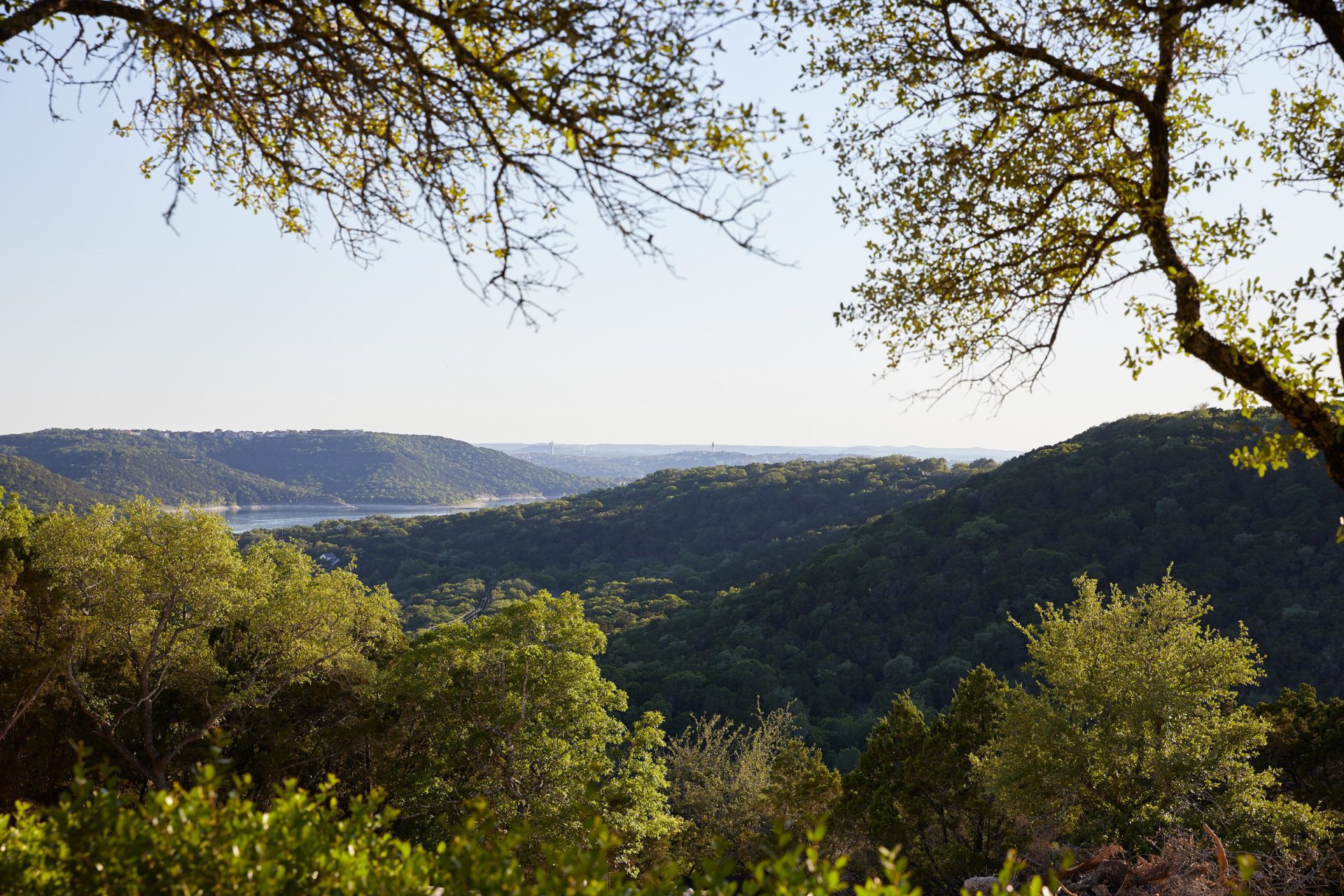Preparation, Preservation, And A Quick Pickle
By Araxe Hajian
Miraval’s Mindful Side of Culinary Series with Sam Blumenthal
Scroll down for Quick Pickle Recipe!
We recently sat down with Miraval Austin Chef and Dietitian Sam Blumenthal to ask her a few questions about how we build and nourish our communities through the preparation and preservation of food. Read below for her answers and her favorite pickling recipe.
How do you build upon Miraval Resorts’ culinary pillar of creating community through food?
I encourage guests to tap into an awareness that the dynamic they bring into our kitchen space gets transferred to the recipe we are creating. I like to ask them to think about what our kitchen’s aromas, colors, or tastes remind them of in their past. Do they evoke a sense of nostalgia?
I share my experiences with guests to encourage them to share their own. Reframing the cooking and dining experience opens many doors for guests to infuse a piece of themselves into the Life in Balance Culinary Kitchen. It inspires them to imagine how they can take in this frame of mind in this space and take it back home with them.
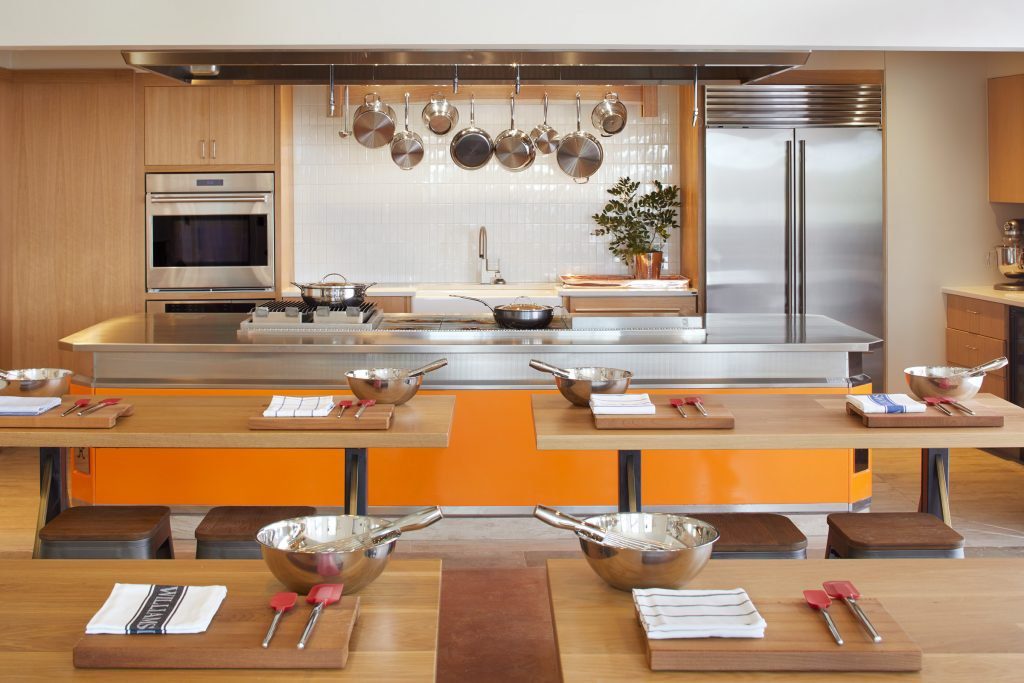
What foods bring up that sense of nostalgia for you?
Ever since I was a kid, I dreamed of exploring what Lyndsey Lohan did with the Oreos and peanut butter in the movie The Parent Trap. It was a classic moment of friends bonding over food, and I felt inspired to prepare them at home—not what you would call high-level expertise. Still, it demanded a process: acquiring ingredients (rather than just eating out of the package), setting up a space, and adjusting the lighting or ambiance of the room.
As I was taking a bite, not only did I fall in love with this simple flavor, but it reminded me of the snacks my great-grandmother used to give at her home. Enjoying this peanut-butter-and-Oreo combination was more than just a craving for a nostalgic memory from a movie; it helped me feel connected to a very dear member of my family who has been gone for a while.

Do guests ever share their food nostalgia moments with you?
Yes, all the time! A lot of them are memories of chocolate. One guest remembered that their dad, who traveled a lot, would bring home chocolate when he came home. It reminded them of a time of feeling comforted and connected and evoked feelings of familiarity and love.
So, in our present lives, they make this connection when they taste chocolate and begin to ask questions like, Why disconnect from savoring a chocolate bar by turning on the TV when I can tap into that sense of peace and calm by being present and appreciating what this moment offers? Sometimes it takes a taste, sense, or feeling—even the crunching sound of a chocolate bar—that helps us anchor a moment.
How do you include other cultures or cuisines in your workshops and recipes?
I don’t claim to know everything about a given cuisine or food culture and prefer to come to this from a lens of artistry to tap into different flavors, colors, and tastes. It’s not necessarily about what we are eating, but the feelings surrounding how we eat. The changing variable can be the cuisine or the type of food, and I like to share those concepts contextually.
Rather than diving into a deep historical or cultural lesson, I utilize various cuisines as a tool to open minds, hearts, and taste buds. I try to inspire others to explore how they can use a flavor to find a sense of fulfillment through the act of cooking. We offer a class that explores the ancient art of handmade pasta to discover fresh ingredients and flours that help our dough, dishes, and hearts flourish. I started a tortilla-making class a few weeks ago, as well.
How does your background as a dietitian inform your offerings at Miraval Austin?
My Solutions for Stress-Eating class is about making peace with food and comes from a place of self-compassion instead of self-control. I use several principles of the Intuitive Eating Certification I’m currently pursuing, including body image. They are ideas I live by every day and discuss something I’m personally healing from as well.
I share this concept of making peace with food (and finding fulfillment as opposed to just feeling full) and how it pairs with food meditation to redefine how we interact in the kitchen—they all intertwine beautifully. It’s also great when guests take more than one of our classes because they get the same message in different ways—not just through words, but by using all their senses to learn new skills and reframe their relationship with food.
Could you elaborate on this idea of self-compassion vs. self-control?
A common framing of that is self-care vs. self-control, but that term’s overuse can dilute its true definition. Self-care doesn’t need to be glamorous massages or getting your hair and nails done every day. Self-compassion is related to how we speak to ourselves and others; how we have a sense of grace. We start becoming healthier as we move from a place of self-control to a place of peace. That’s why I use self-compassion instead of self-care—It describes an aspect of self-care, but it’s not an overutilized slogan you see on every coffee mug.

Tell us about how your classes help guests find joy in kitchen prep—a step we often skip over in our rush to get a meal on the table.
We don’t have to see preparation as a chore. What if we saw setting the space as a meditative and therapeutic experience? If we take the time to perform self-compassion by treating our dining rooms and kitchens with kindness, each activity that follows is led, in turn, with care. It can be a great time to turn on music or talk to a friend on the phone.
Preparation helps us pay attention. Even the aroma of onion changes as you chop it, as does the sound of the knife on your cutting board. If you slice an onion from end to end, it will have a milder flavor than if you slice it across the middle because cutting an onion releases flavor compounds, and how you slice—with or against the grain—releases more or fewer compounds.
So many pieces create a whole dimension of fulfillment that exists, but—out of habit—we haven’t prioritized time to discover and unpack. I like to show guests that we can acquire different tools that lead to fulfillment. At first, it might feel awkward or unfamiliar, but you can use the three Ps (Practice, Patience, and Positivity) to familiarize yourself and continue the process. At first, it might feel unsteady before it becomes comfortable. Ultimately, you can create a new path for yourself.
How do you help people slow down and enjoy the moment?
That’s exactly what I will speak about in my Intuitive Eating classes this fall. I can’t stress enough the importance of downtime. It’s how we process things and complete our experiences.
I always leave time in my classes to eat and discuss at the end. There’s no point in spending all our time cooking if we can’t synthesize it together. I like to share my kitchen shortcuts with guests so they can build in time to connect and make space for people (here and at home) to assimilate their experiences and physically digest their food before running to the next thing.
What if we mess up and make less-than-stellar food choices?
We need to be careful not to shame ourselves if our best choice at the moment is just to pop something into the microwave. There is no wrong or right, but we can take that moment and be curious and say, “ok, I’m not fully connected right now, and that’s ok.” We are not dismissing it, but we remain aware of the disconnection, observing it and noticing what might have made us feel or act that way. Awareness is the first piece of this everlasting road to evolution; simply having that consciousness and not just tuning out and going on autopilot.
Try to remember that any form of nourishment is still self-care. We so easily forget that nourishment from a can or from a box is still nourishment; it counts. This is something we can still take a moment to express gratitude for and celebrate.
What are you excited about in the culinary department at Miraval Austin right now?
I’m working on making my plant-based cooking class sushi-inspired. I recently completed a stage* at Uchi, Austin’s premier Japanese restaurant, which taught me new skills, patience (I once spent six hours straight just slicing oranges), and techniques I can bring back to the Life in Balance Kitchen. I like to compile the best takeaways from my experiences in various kitchens and offer them to our guests.
One of the most beautiful parts of the journey is the exploration of it all. I wasn’t working at Uchi just to sit down for dinner; I was there for 10 hours preparing everything. Within those moments, you find a sense of community and connection with like-minded people and notice the flavors growing in your practice. There is such a gift in the process.
My classes also highlight the idea of preservation. I lead with the notion of preserving food, whether it’s pickling or making mushroom confit (where we remove some water content to prolong shelf-life). But I also invite guests to plug that piece into their experiences to explore how to hold and extend a moment. So, I am talking about the preservation of food but also how cooking can be a beautiful tool to sustain the moment as well.
Could you share a recipe that exemplifies this idea of preservation?
My favorite quick pickling recipe is simple and not overwhelming. It also speaks to the sensory experience: pickling intensifies colors, aromas, tastes, and textures. Your ingredients get more crunchy, tangy, fragrant, and bright. It’s a quick pickle, but it still takes some time to reach its peak.
Vinegar is made through a fermentation process that creates an acetic acid, which can help feed good bacteria for a strong, healthy gut microbiome to support optimal digestion and nutrient absorption while stabilizing a solid immune system.
I chose to omit the salt for a sweet, satisfying flavor. This brine imparts a tangy flavor & also helps to preserve the food. A few days later, it will be far more fabulous than the first day you made it. And it does require a sense of patience—it’s all part of the three Ps!

Sam Blumenthal’s quick Pickle Recipe
Ingredients:
- 3 cups white distilled vinegar
- 2 cups water
- 1 cup sugar
- 5 cups sliced vegetables (red onion, cucumber, baby bell peppers, blueberries, okra, Brussels sprouts, shallot, or your preference)
Directions:
- Bring vinegar, water, and sugar to a boil in a large pot.
- Add vegetables to a 10-ounce or larger jar.
- Pour liquid mixture over sliced vegetables and let cool, then cover with lid and transfer to refrigerator.
- Let sit at least 2-3 days before consuming.
*Stage is a culinary term from the French word stagiaire meaning trainee, apprentice, or intern. It’s when a cook or chef volunteers briefly in another chef’s kitchen to learn and be exposed to new techniques and cuisines.
Sam Blumenthal is a registered and licensed dietitian, as well as a Miraval chef, who sees food as her vehicle and truth as her message. Her goal is to create a safe space to nourish, spark culinary creativity, and support your personal evolution both inside and outside of the kitchen. With her innate sense of compassion and vibrant energy, she is dedicated to helping you explore the value of reconnecting with food to enhance and evolve the body-mind relationship. Guests at Miraval can work with Sam to understand the true difference between feeling full and feeling fulfilled, while they build community and connect with others through unique culinary journeys.
Araxe Hajian
Araxe Hajian is a senior writer who covers wellness stories and specialist offerings at Miraval Resorts & Spas. She was associate editor and writer at Life in Balance Magazine, storyteller at the social platform MindMeet, and author of numerous articles and Miraval Resorts’ coffee-table book Miraval Mindful by Design.



